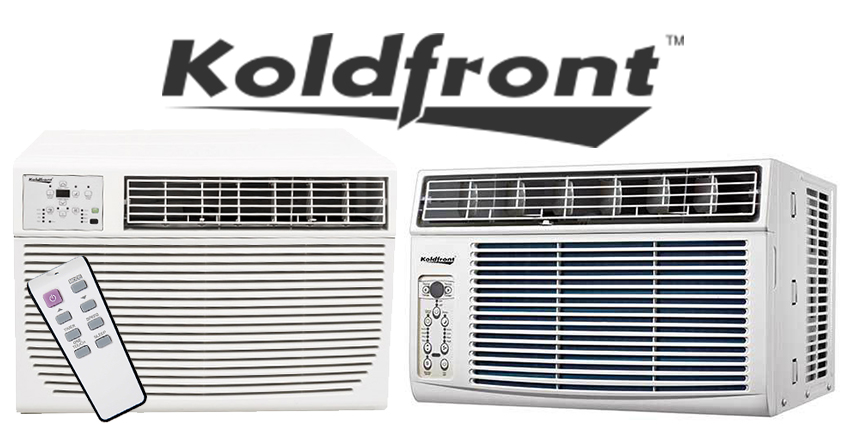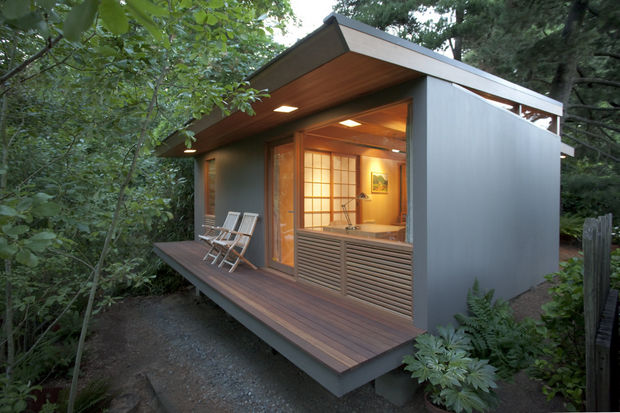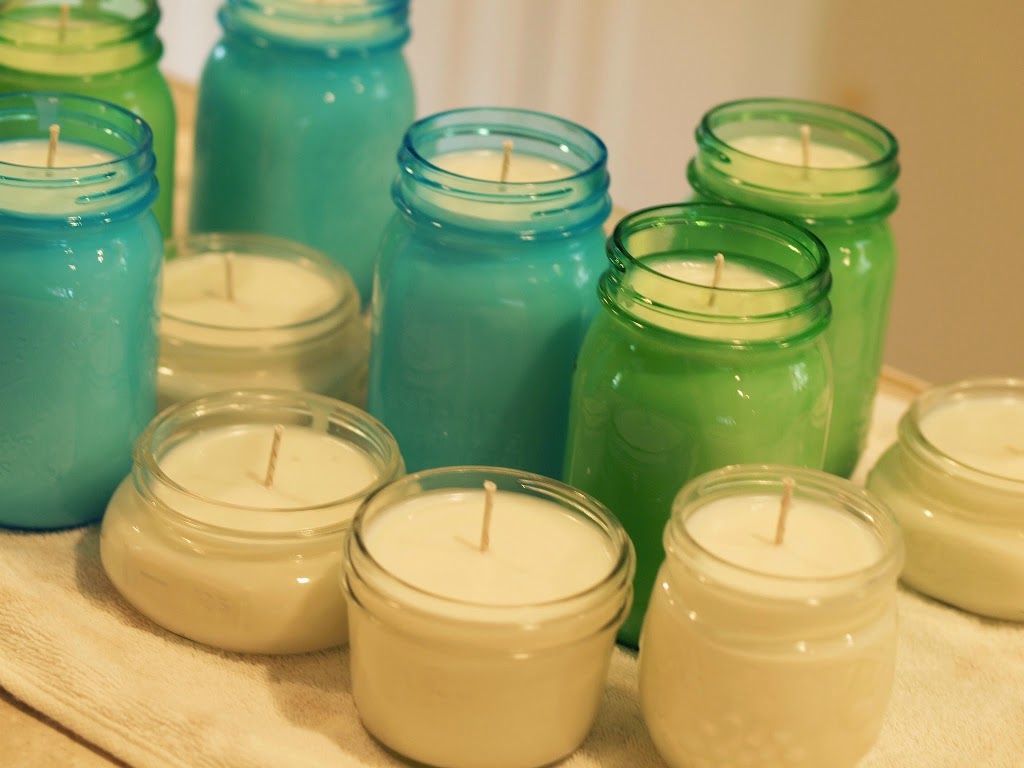Attic insulation is taken for granted many homeowners think they’re covered when they’re not. A well insulated attic will afford you a substantial savings on your heating costs.
Make a trip to your attic with a ruler/yard stick in hand, check the thickness of your insulation if the insulation under the rafters is six inches thick or less, you need to adjust your R-value. R-value is a rating of resistance to heat flow; higher numbers signal a better ability to protect against heat transfer.
Most attics need an R-value of 38 or more, which typically translates into at least a foot of insulation, (check with a local insulation retailer for the proper coverage in your area).
Not all insulation is made the same, and not all homes need the same insulation. “R” values rate the thermal performance of the insulation product you choose for your home.
The higher the “R” value, the greater the insulating effect. Because colder climates need more protection, recommended R-values vary across the country, so find out how much insulation you need (or log onto simplyinsulate.com).
New insulation isn’t cheap, but compare to what you loose in heating cost each year, it will pay for itself in no time, and it can lower heating and cooling costs by 25 percent in a single year.
And don’t forget, as of 2006, you can get up to $500 in federal tax credits for insulating your home (for more information, go to energy.gov and click on The Energy Bill and Your state).
Types of insulation:
Insulation is made from a variety of materials but usually comes in four types. You can find insulation materials at most hardware stores.
• Rolls and batts are flexible products made from mineral fibers and are suited for attic or floor joists.
• Loose-fill insuation is made of small particles, blown into place, and is commonly used for walls and attics.
• Rigid foam insulation is a more expensive and thicker insulation used for buildings where large areas need to be filled.
• Foam-in-place insulation is blown into walls and reduces air leakage.
Places for insulation:
• One of the most cost-effective ways to make your home more comfortable year-round is to add insulation in your attic. Adding insulation in your attic is relatively easy and cost-effective.
• Crawl spaces, unfinished, accessible areas, should be insulated.
• Basement walls that are left uninsulated can account for 25 percent or more of a home’s total heat loss. Insulate these walls to add comfort and warmth to your home.
• Interior walls should be insulated to create a snug and comfortable living space.







